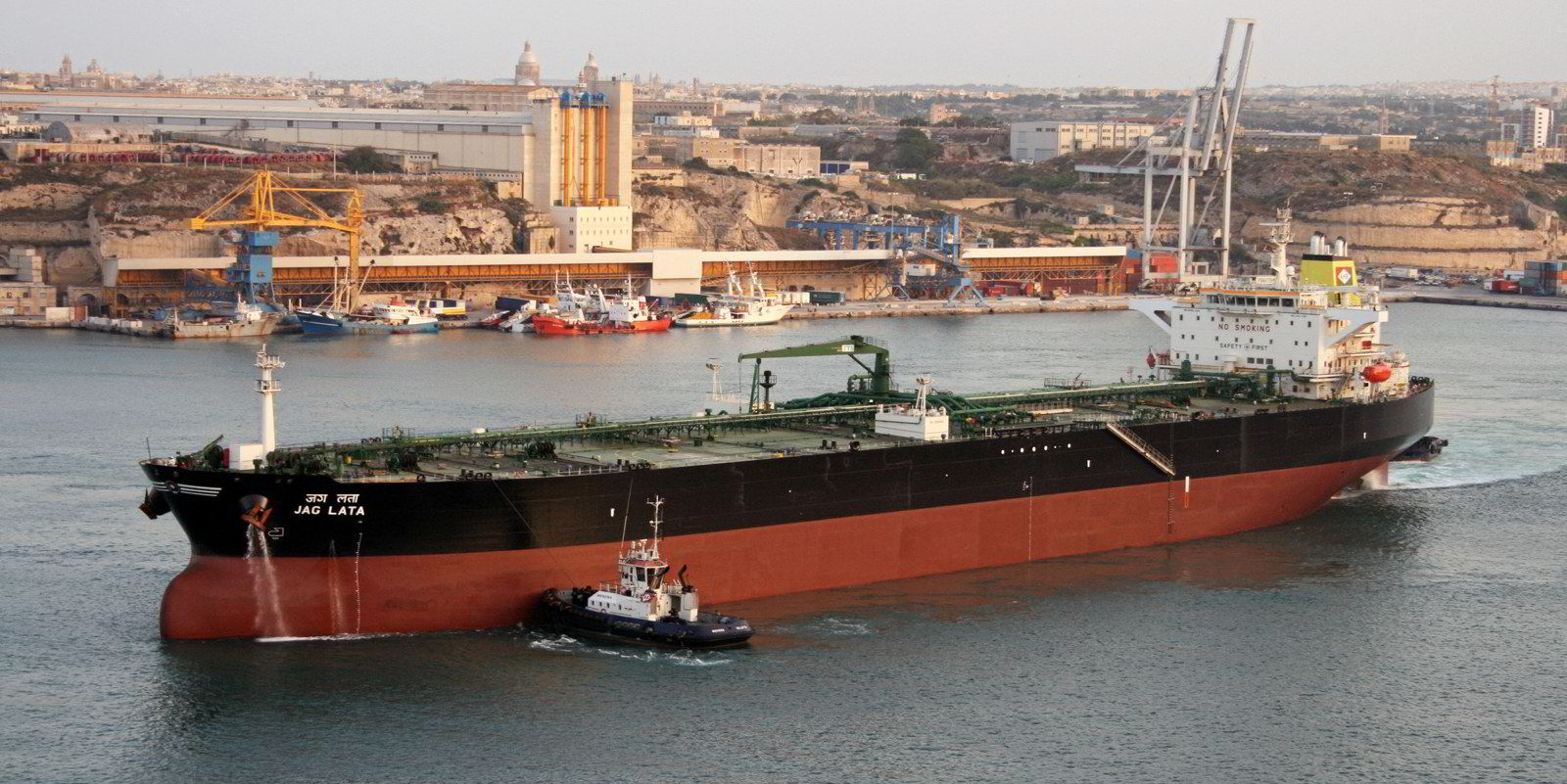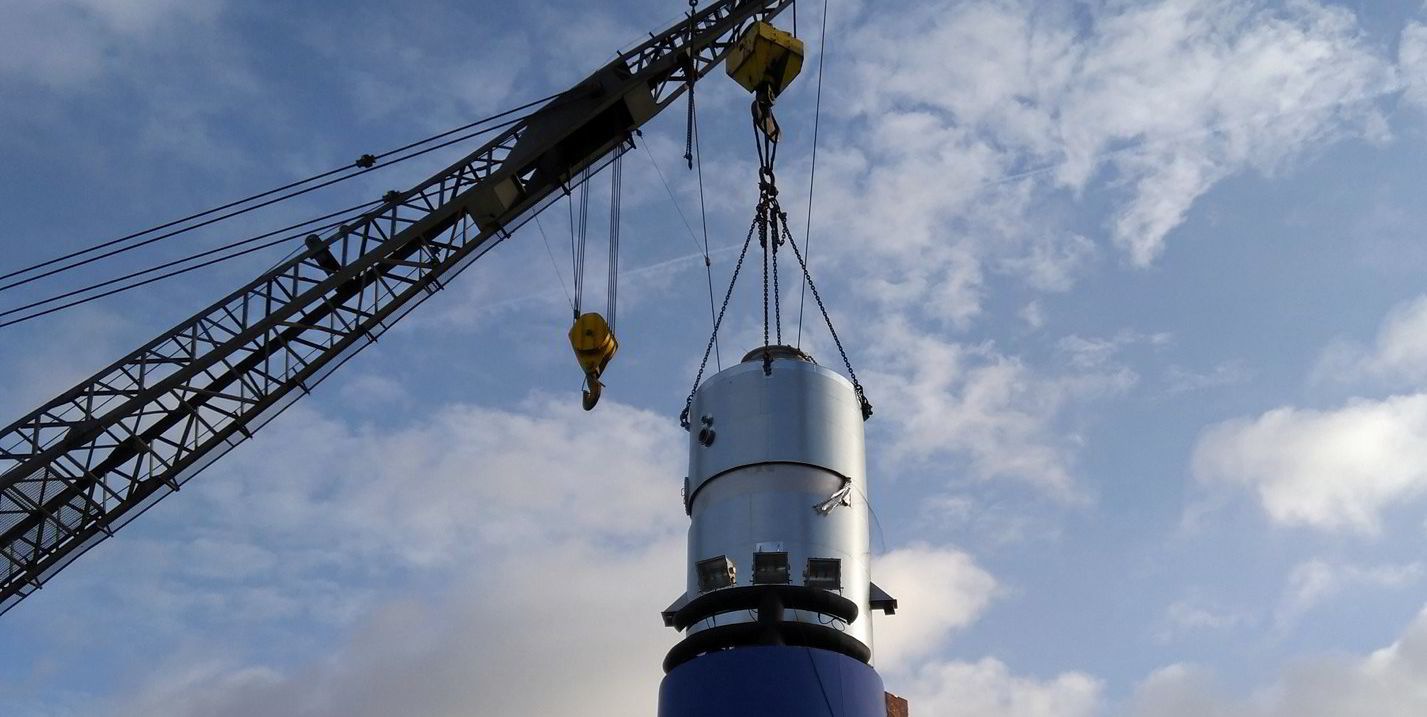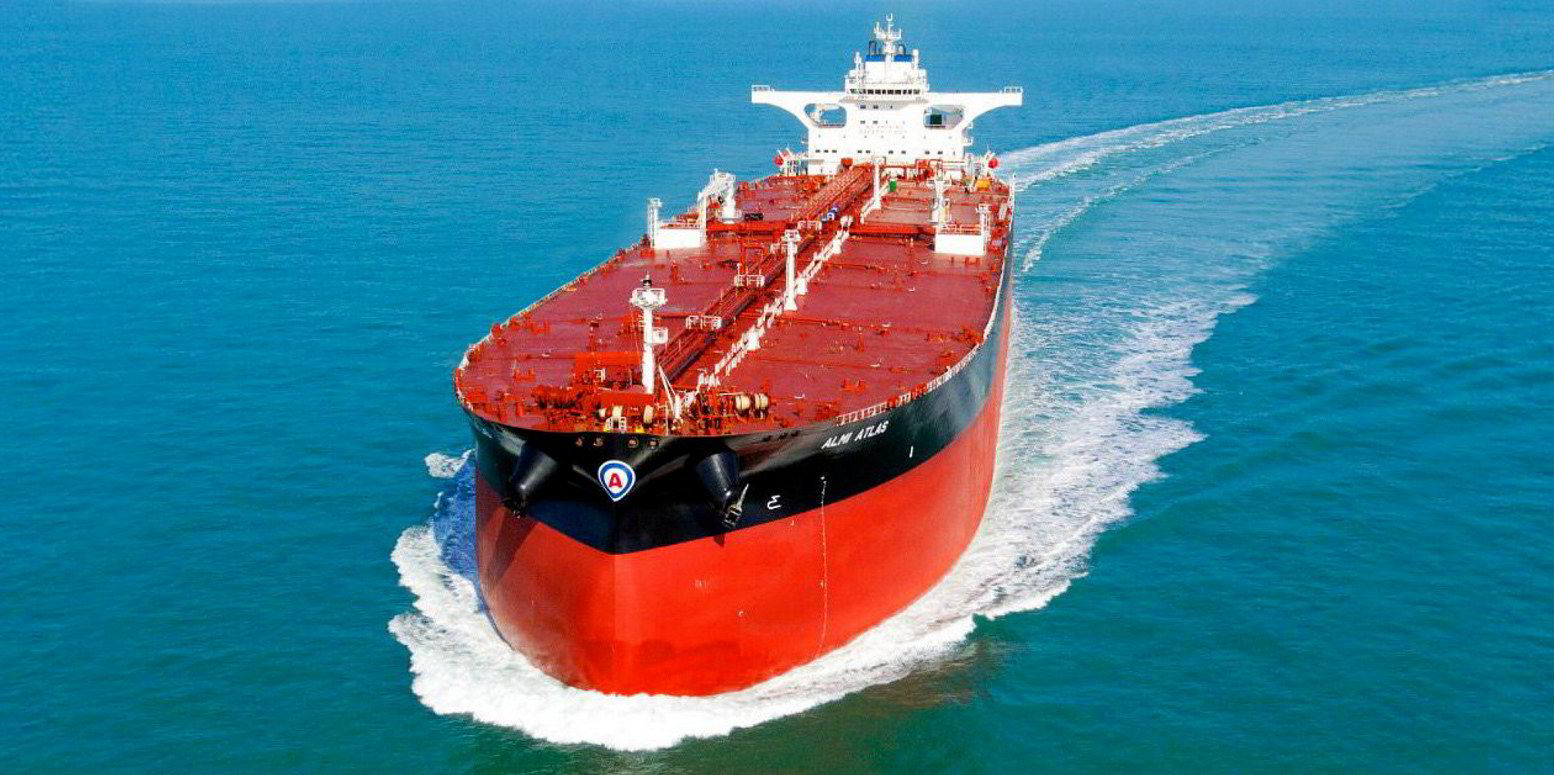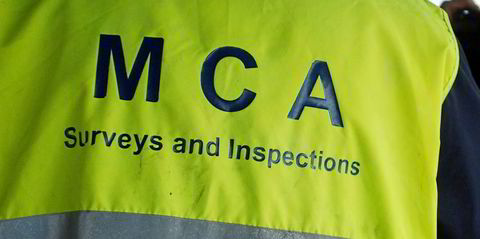Great Eastern Shipping, India’s largest private shipowner, has trimmed its tanker fleet with the sale of its oldest aframax.
The company has sold the 105,700-dwt crude carrier Jag Lata (built 2003) to undisclosed interests. The deal sees it join a number of private tanker owners that are reducing their fleet sizes in the face of an uncertain and volatile rate environment.
The sale comes on the heels of comments from senior company executives, indicating that the company was considering selling crude carriers to cash in on strong values for older tankers, driven by high scrap values.
Great Eastern declined to reveal the identity of the Jag Lata’s buyer or the price paid, citing confidentiality clause in the sale agreement.
VesselsValue has maintained a price estimate on the Hyundai Samho Heavy Industries-built ship at about $12.4m since May.
After the Jag Lata moves on to its next owner, Great Eastern’s crude tanker fleet will comprise four suezmaxes and six aframaxes.
Pricing conundrum
Great Eastern is unlikely to buy more tankers in the current uncertain market, according to comments by its senior management during an earnings call at the end of July.
They said they would prefer to sell older tonnage and wait for asset prices to correct.
Great Eastern Shipping is India's largest private shipowner
Headquarters: Mumbai
Shares: Listed on the BSE and the National Stock Exchange
Fleet: 46 vessels in the crude and product tanker, LPG carrier and bulker sectors
Leaders: Chairman and managing director Bharat Sheth, executive director and chief financial officer G Shivakumar
Executive director and chief financial officer G Shivakumar described tanker asset prices as being “a bit of a conundrum” with rates not justifying asset values.
“Between January 2021 and July 2021, earnings have been only around operating expenses. So probably [rates are] not even covering basic interest costs, even at the current very low levels of interest; however, the asset prices have gone up by 10% in this six-month period,” he said.
Shivakumar said one major factor for rising tanker values was the high price of steel. Values of older tankers have been pushed up by big increases in scrap prices that reached record highs of over $600 per ldt at the end of July.
Shivakumar added that liquidity and very low interest rates were also a big factor.
Great Eastern chairman and managing director Bharat Sheth said the company preferred to wait until asset prices corrected before adding more ships to the fleet.
“There are times when you are best served being on the sidelines. … We may sell first and buy later,” he said.
“We have certain price targets at which we will sell ships, particularly the older ships, because if scrap prices were suddenly to reverse, those ships will drop very sharply in value. So yes, we will look at opportunities to sell older ships.”
Sheth said Great Eastern was reluctant to sell modern tonnage, although if prices kept going up, the company would “have a very hard look”.
The company’s current fleet stands at 46 vessels, which includes 18 product tankers, five LPG carriers and 14 bulk carriers in the supramax to capesize categories. The fleet has an average age of 12 years and an aggregate capacity of 3.68m dwt.






